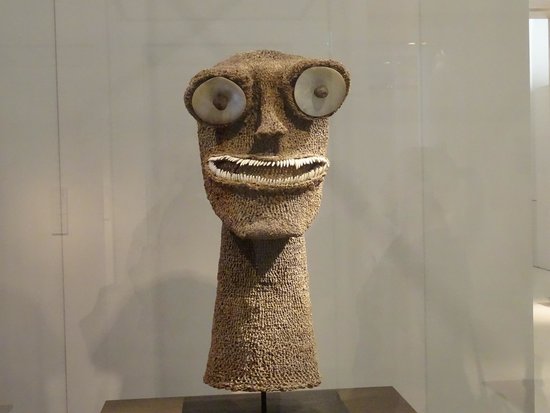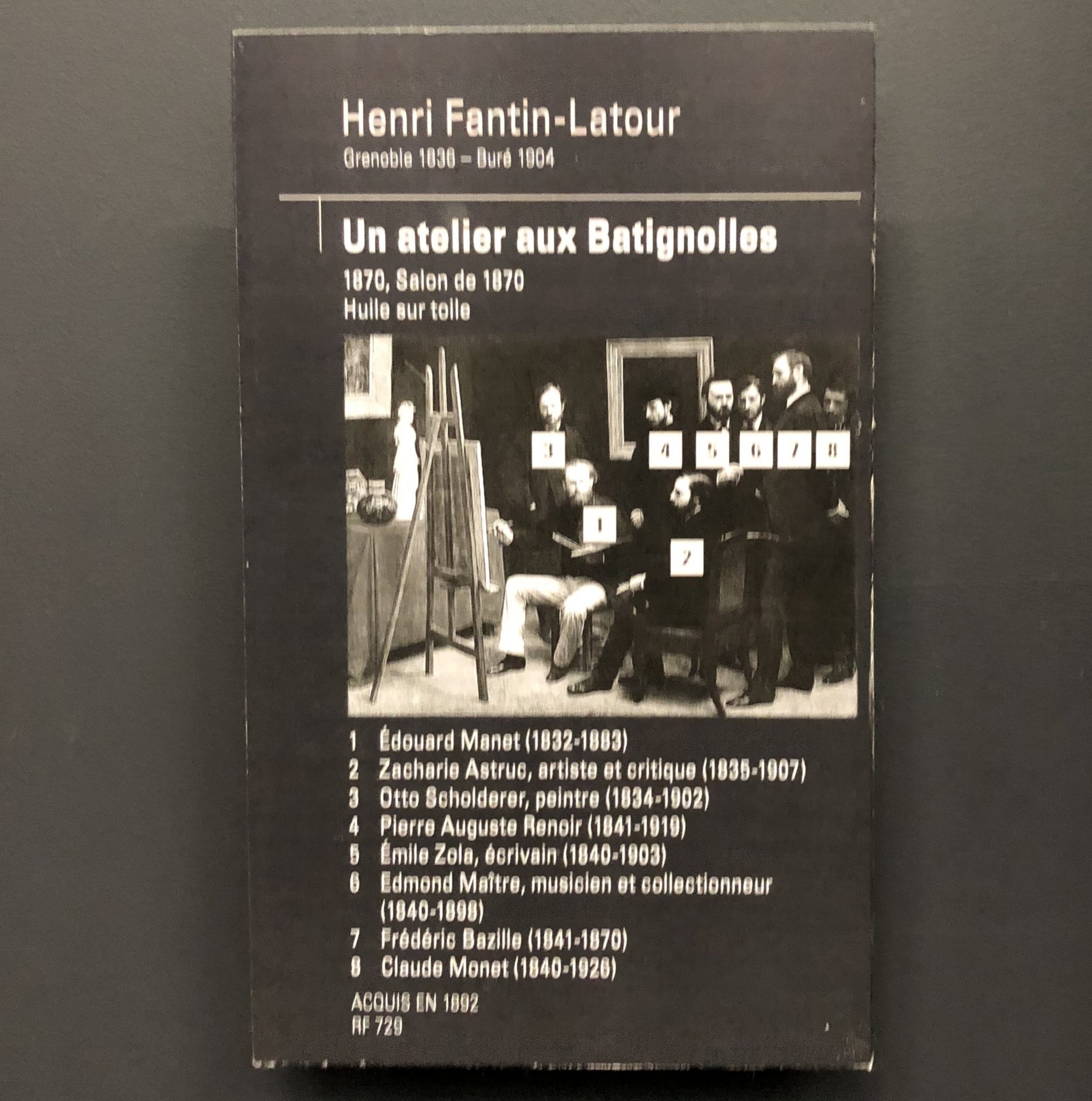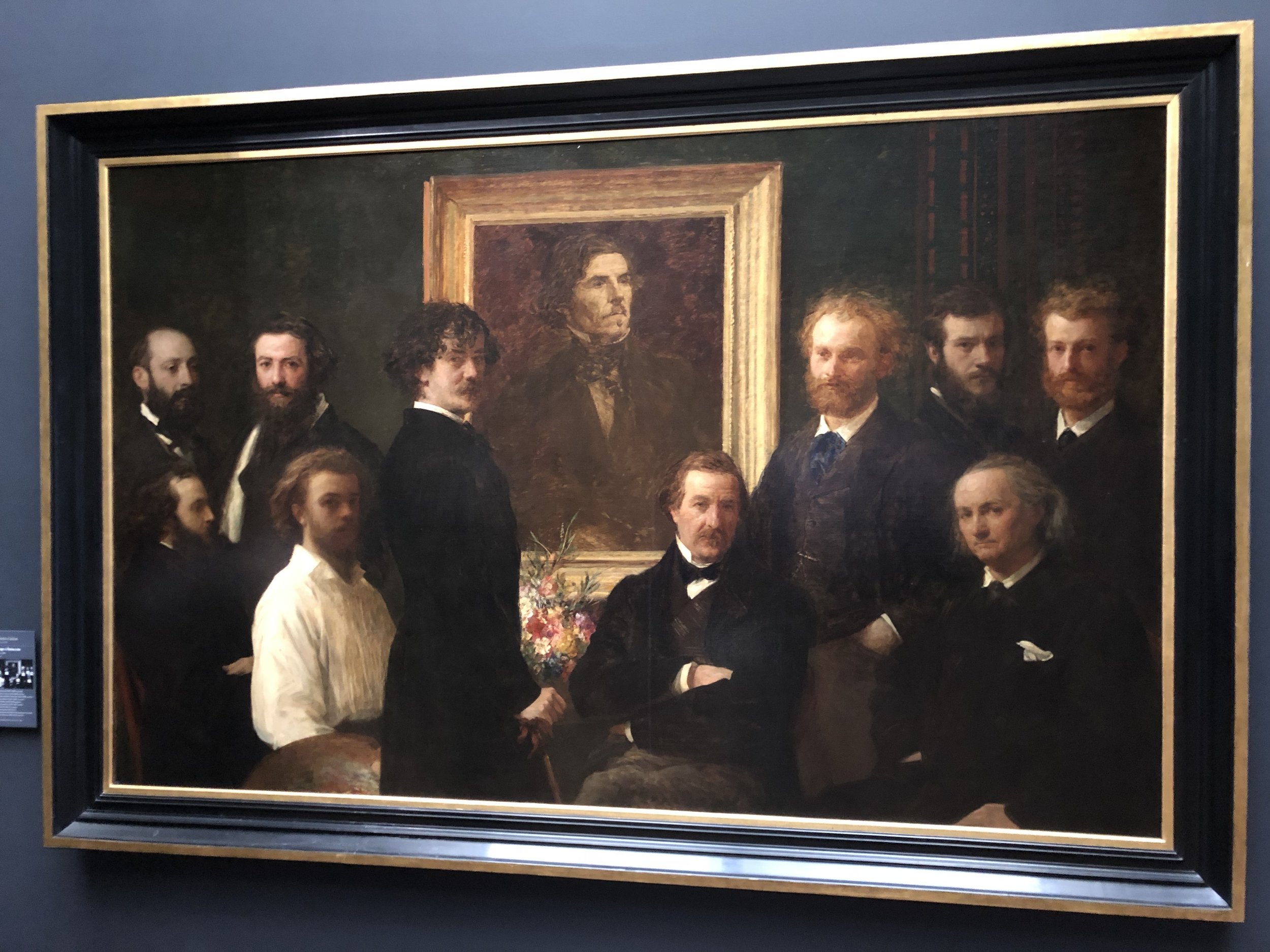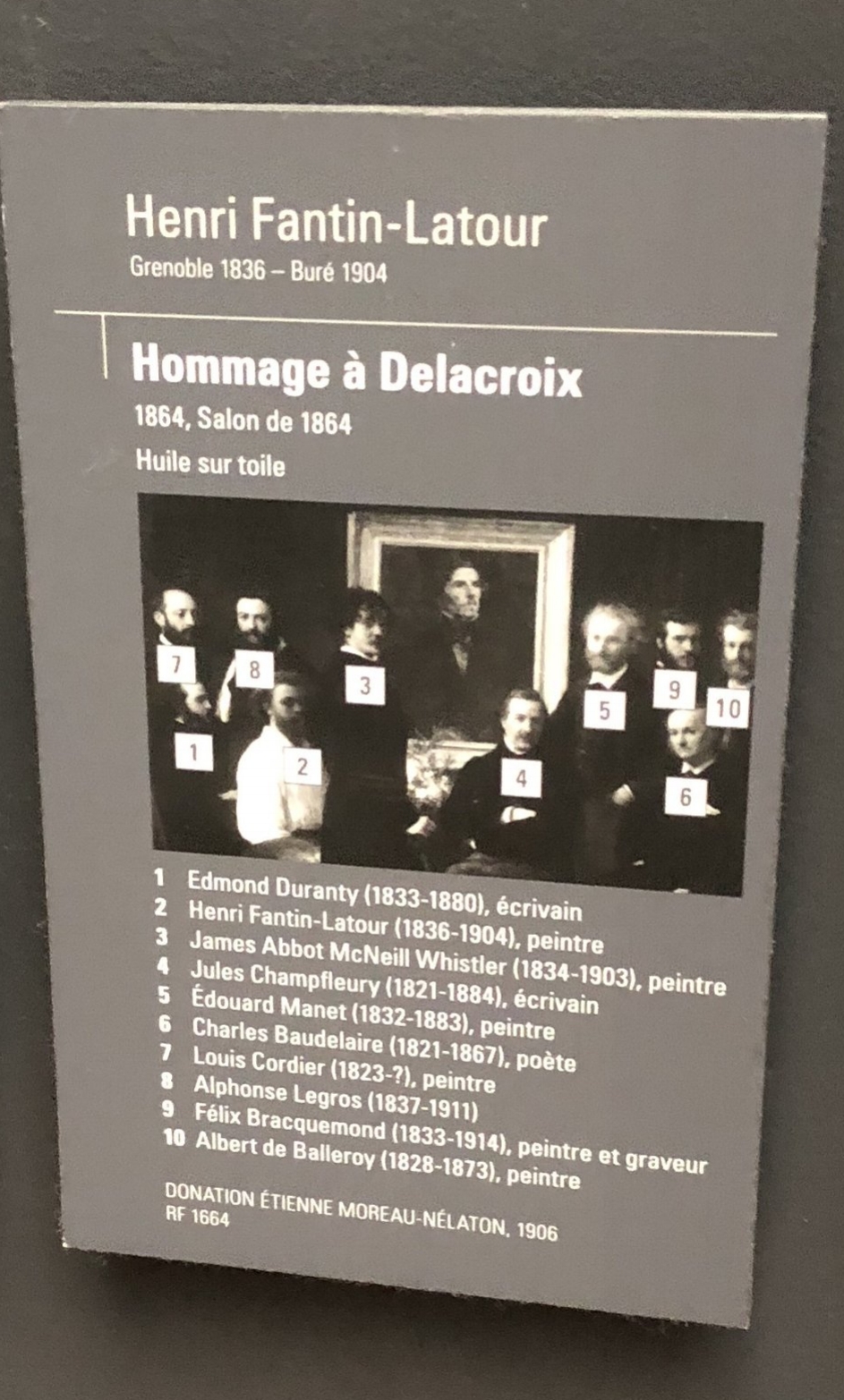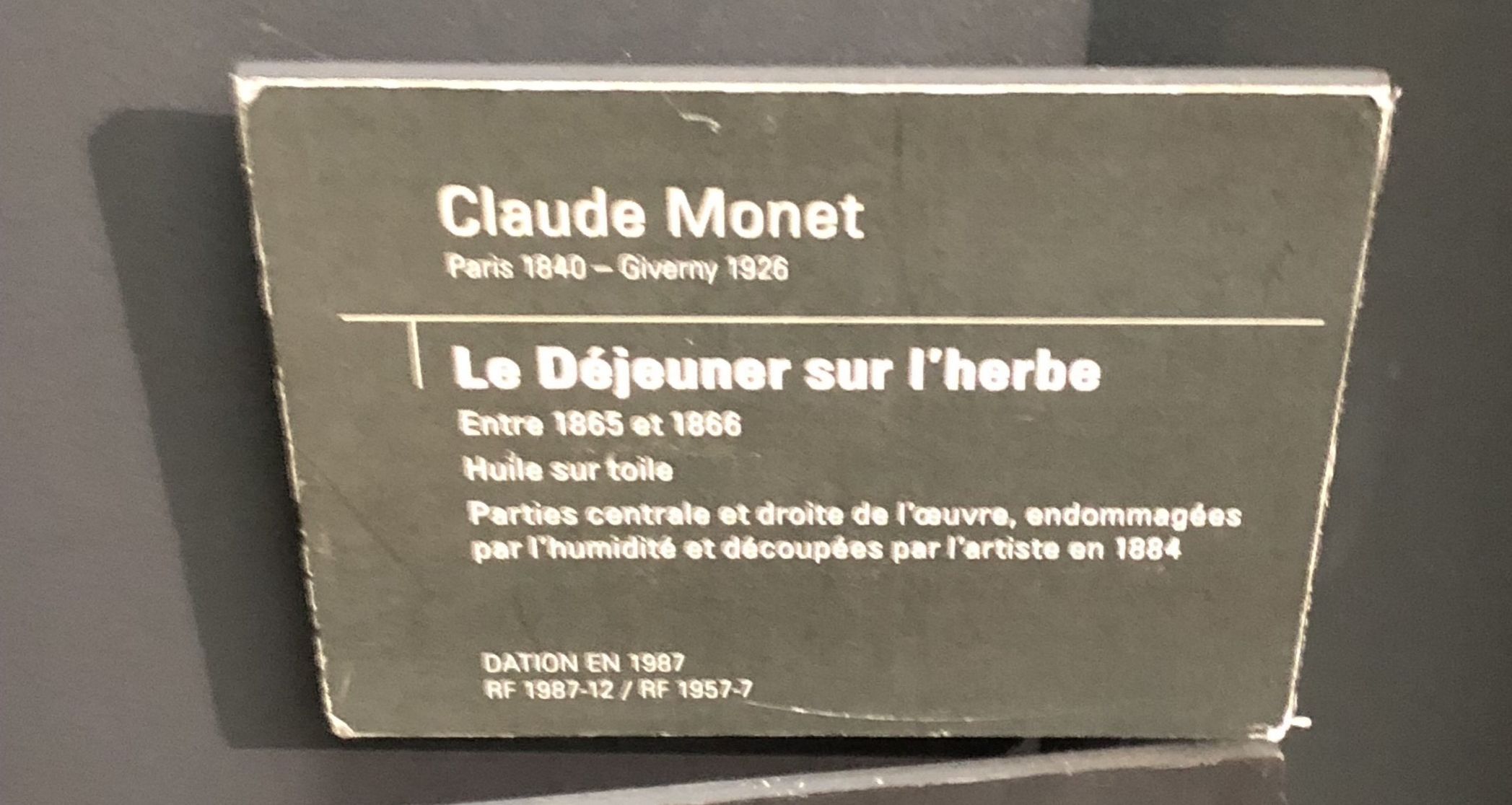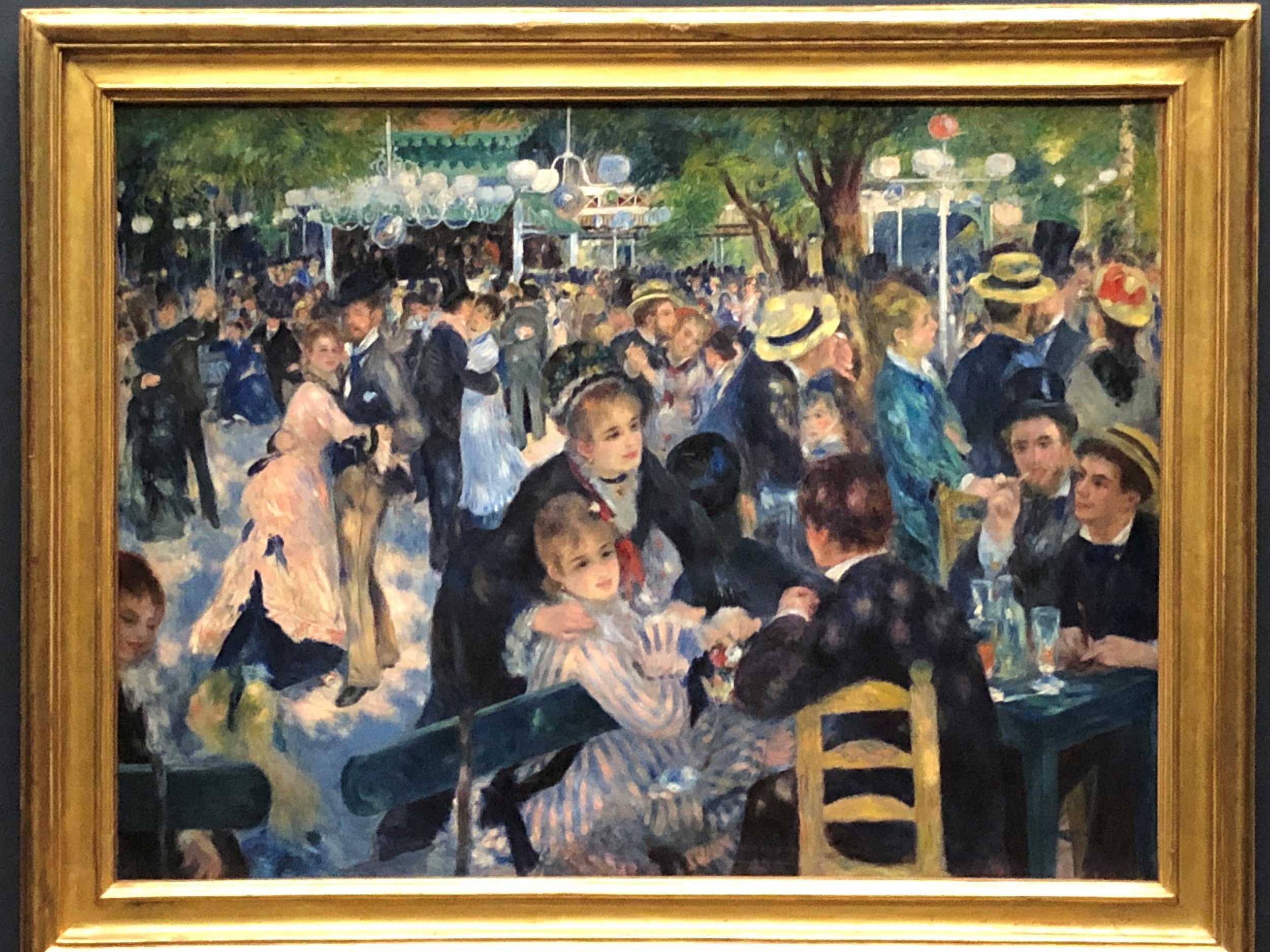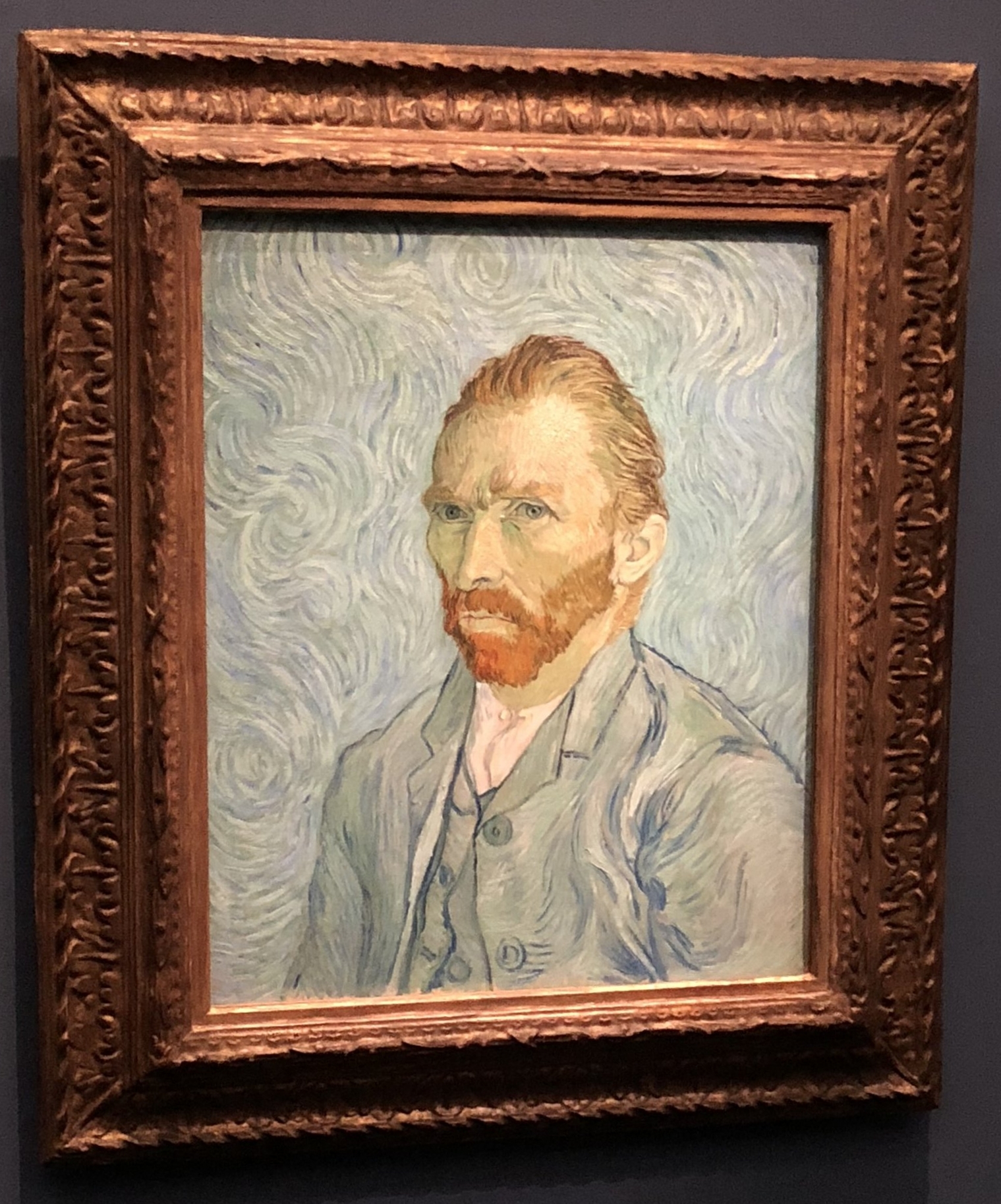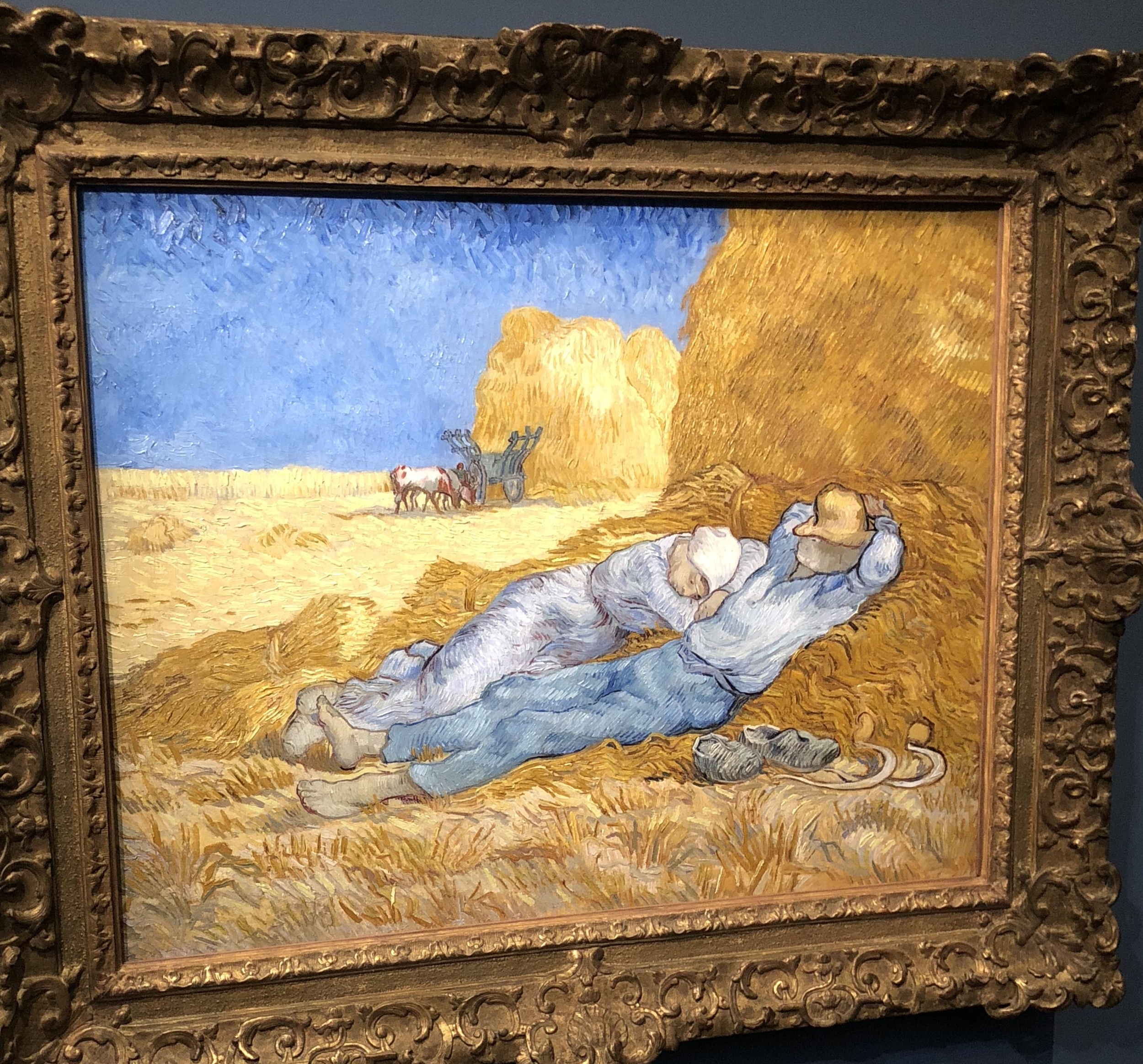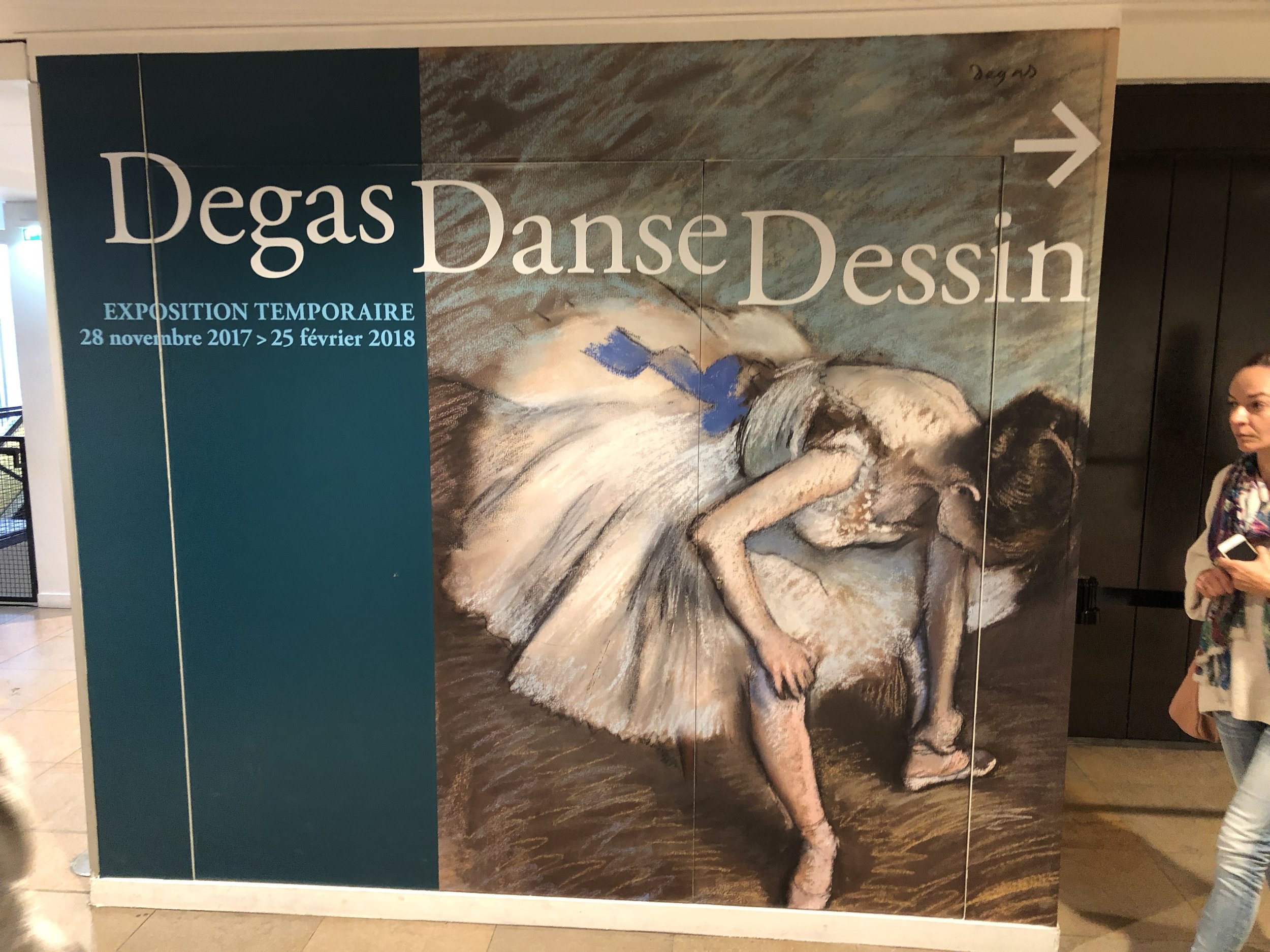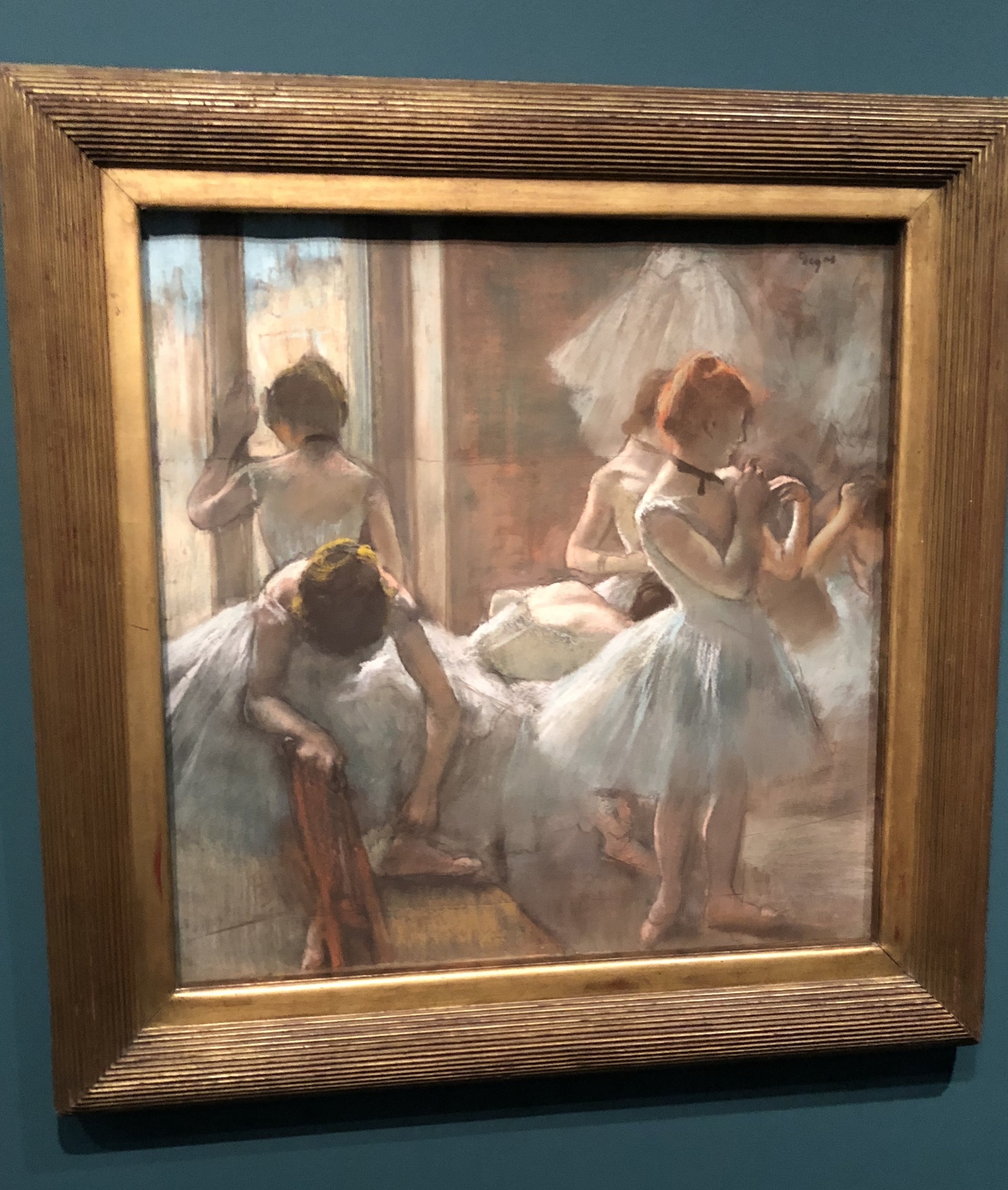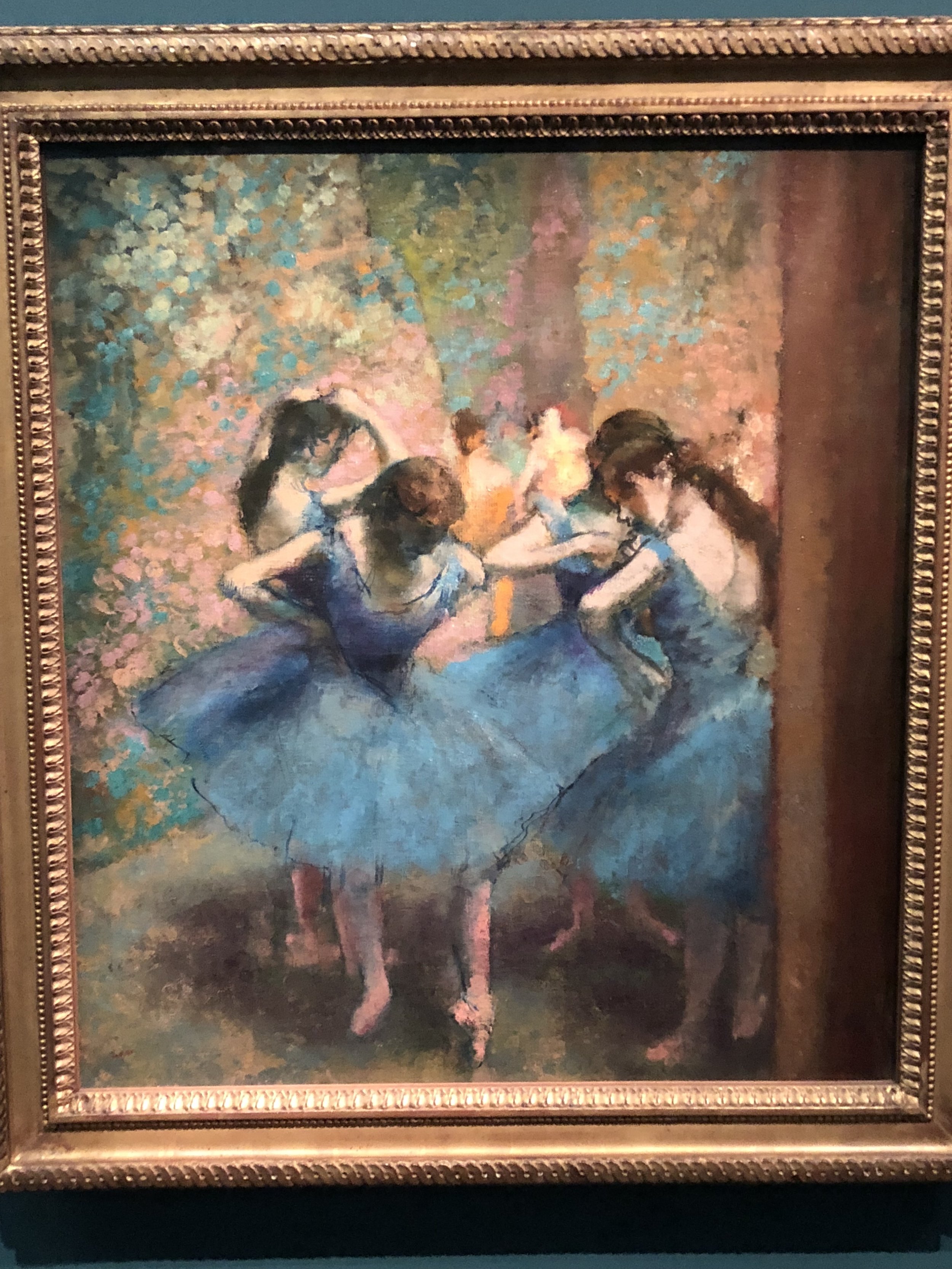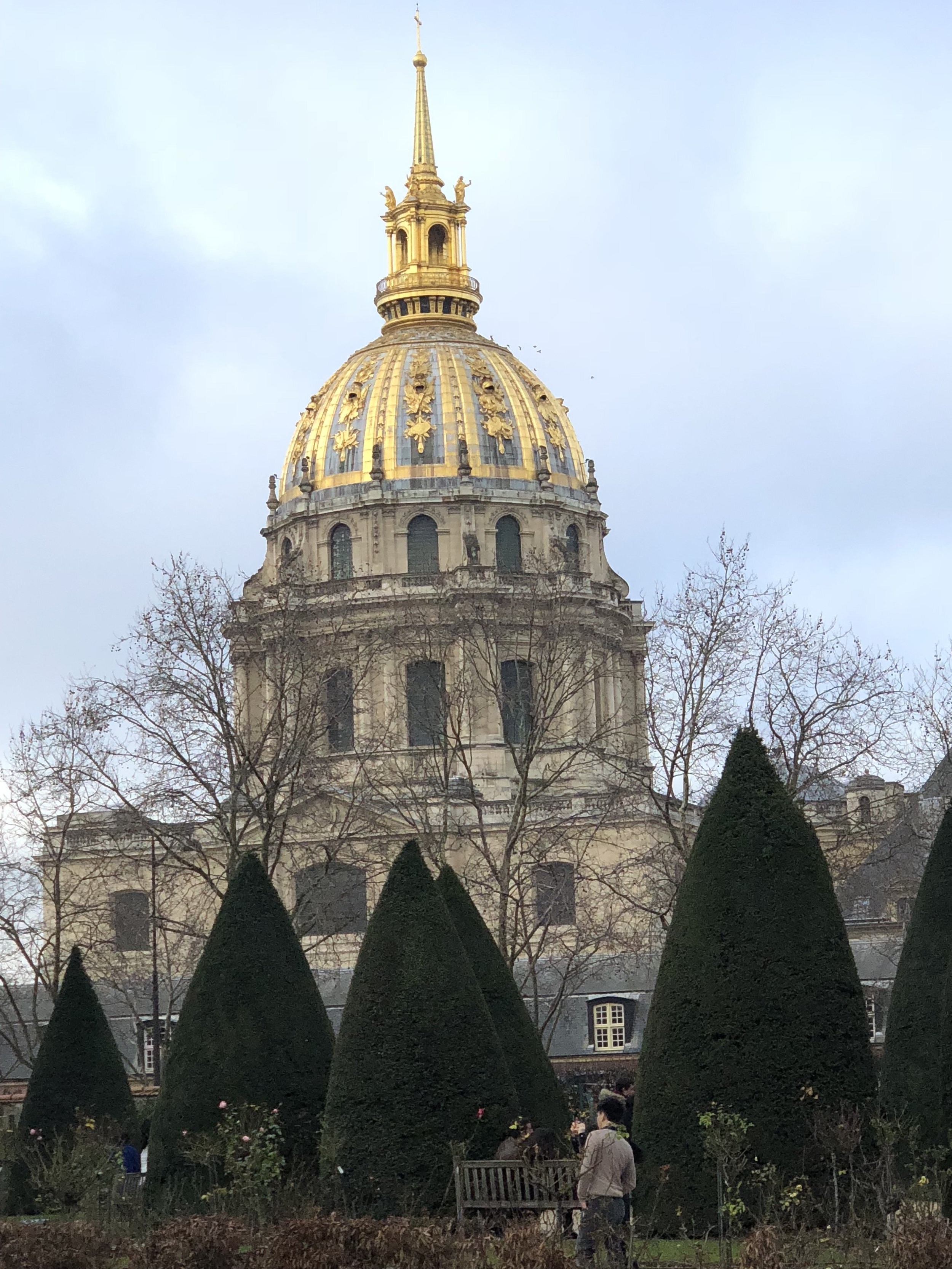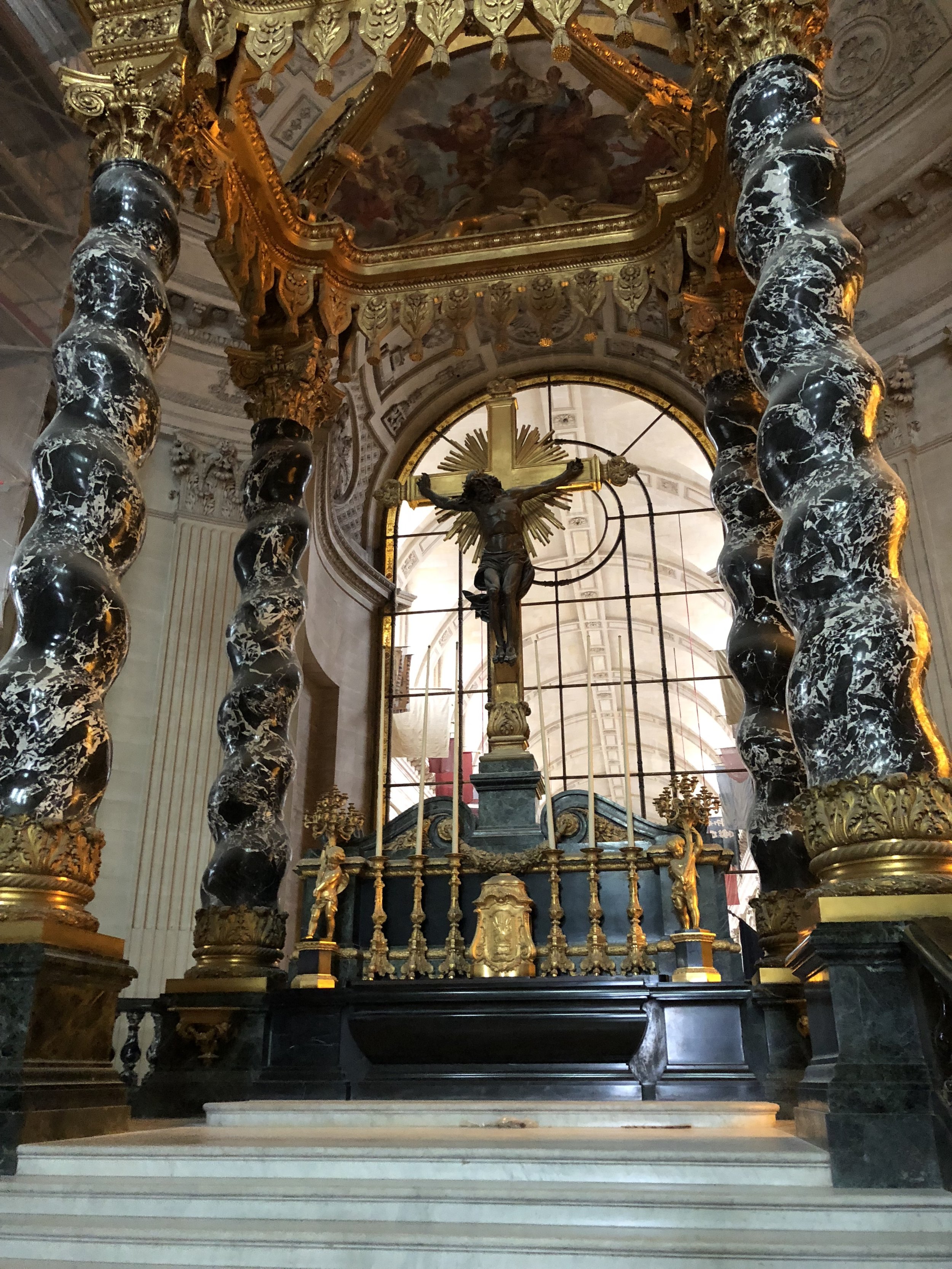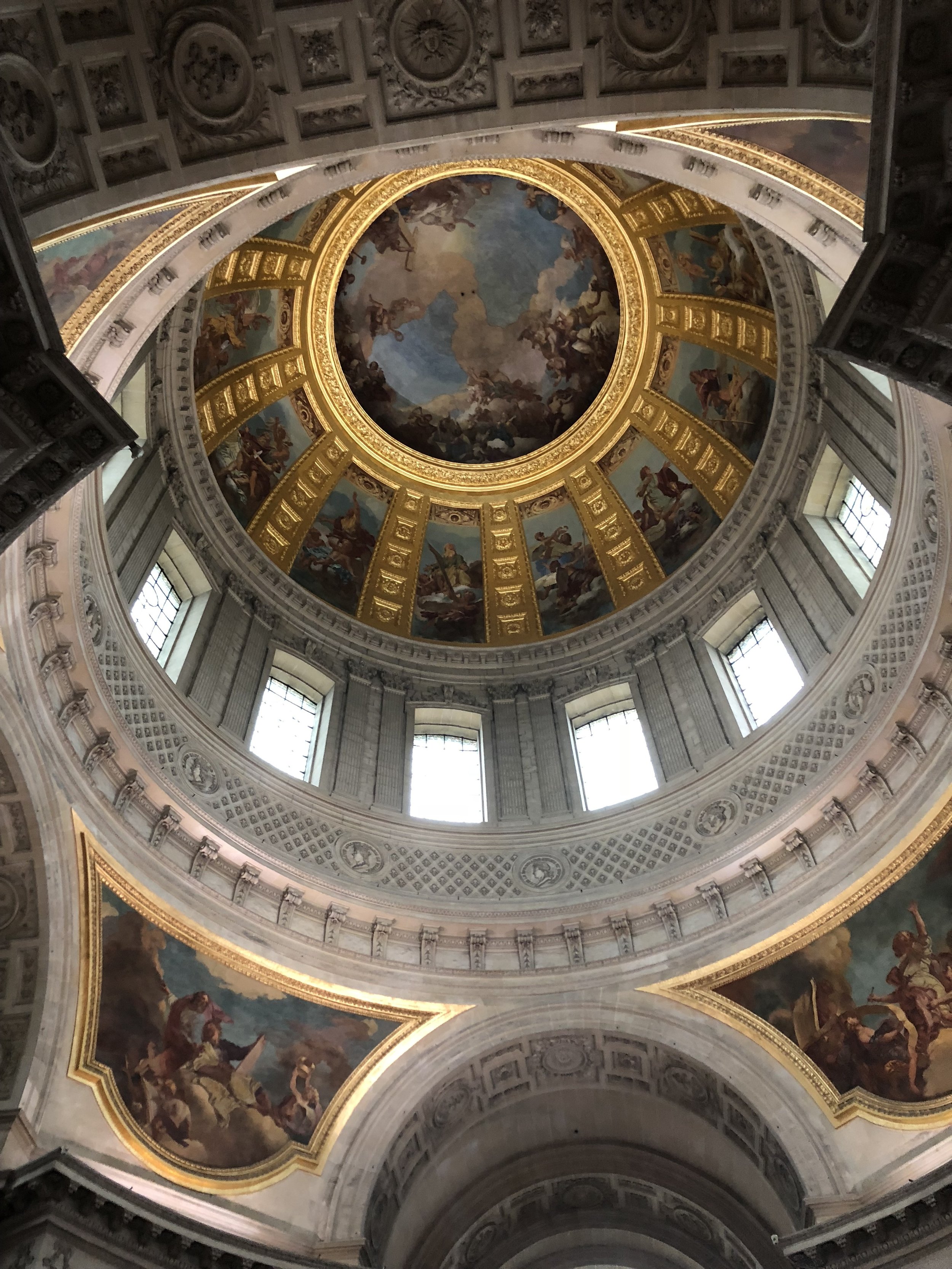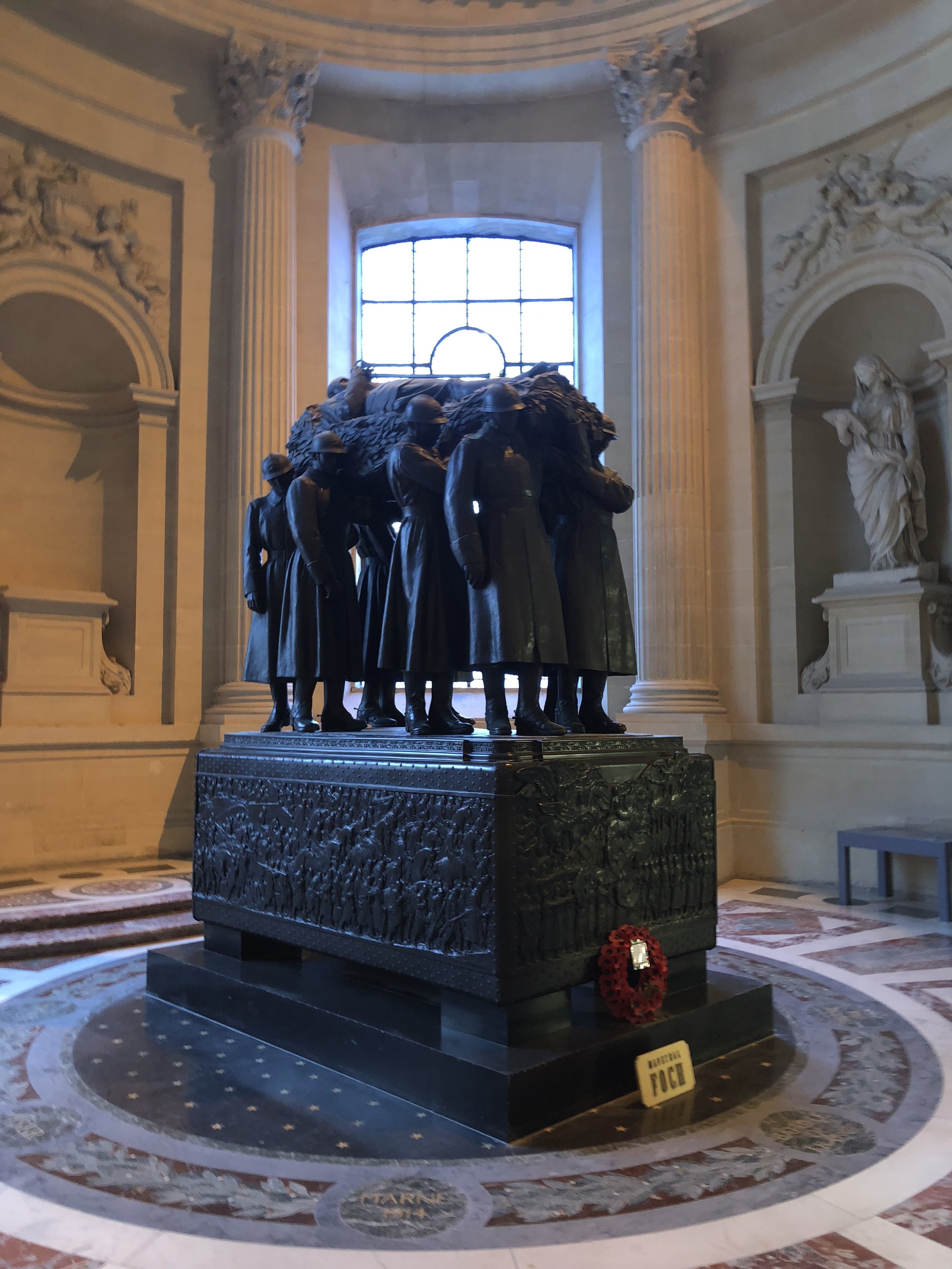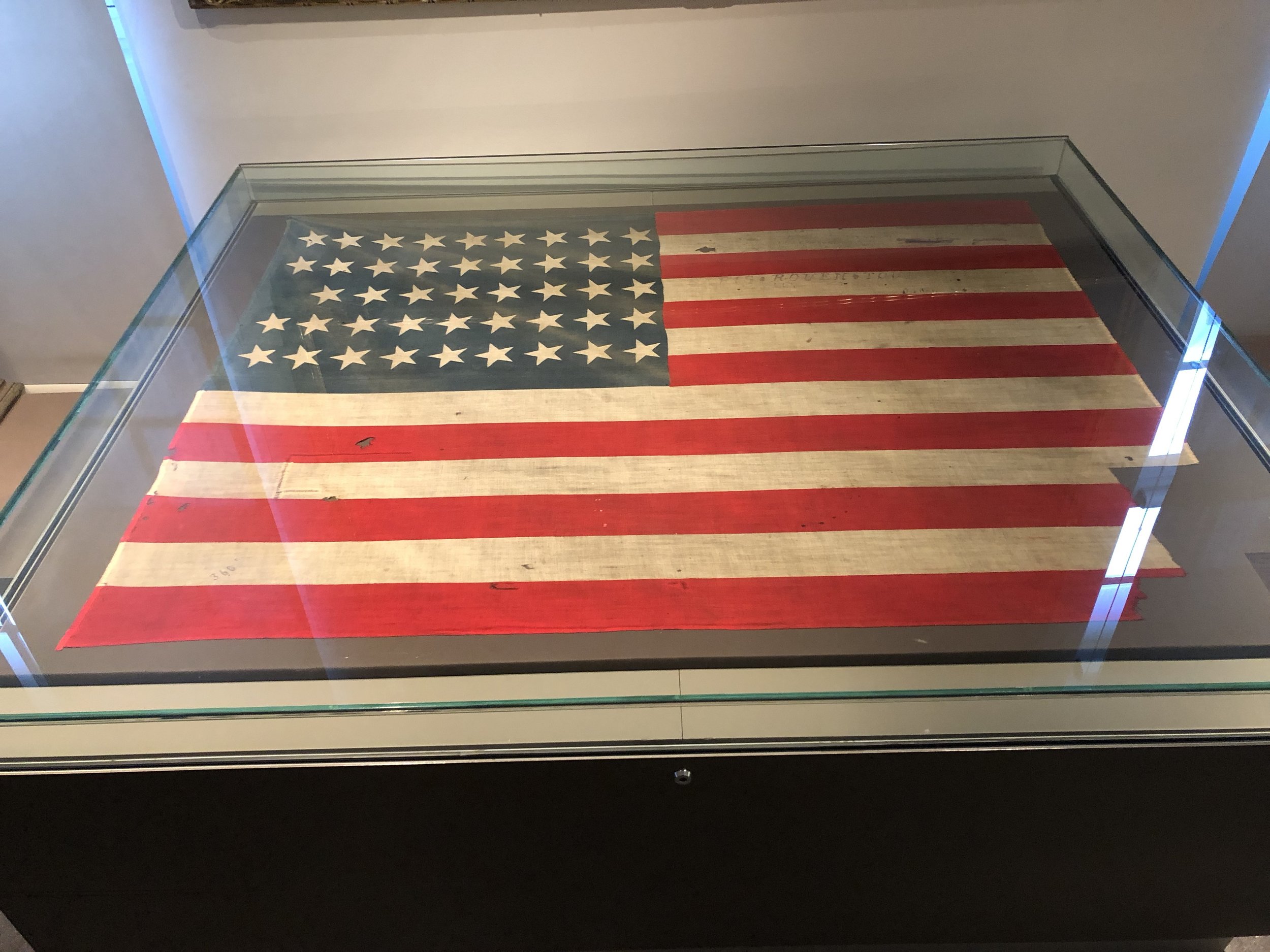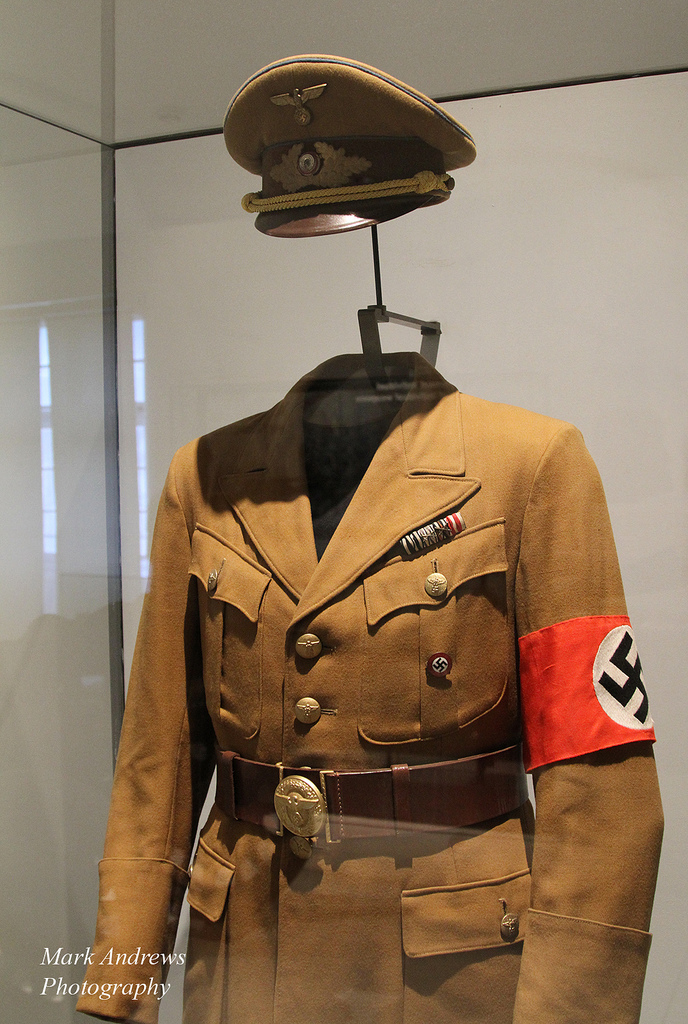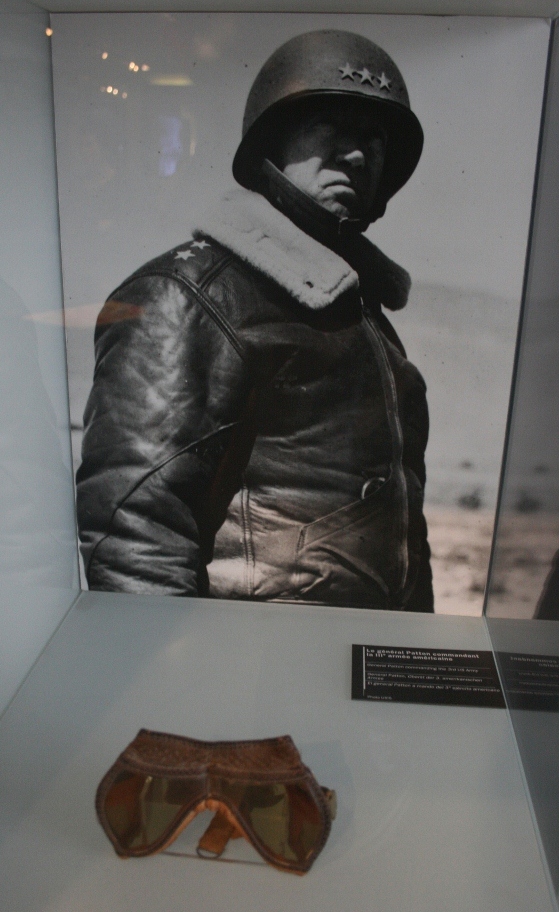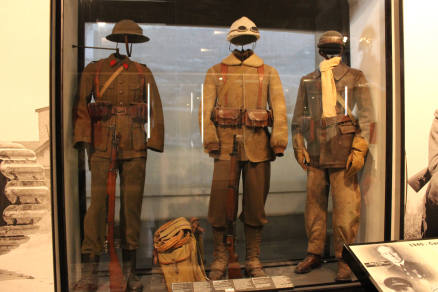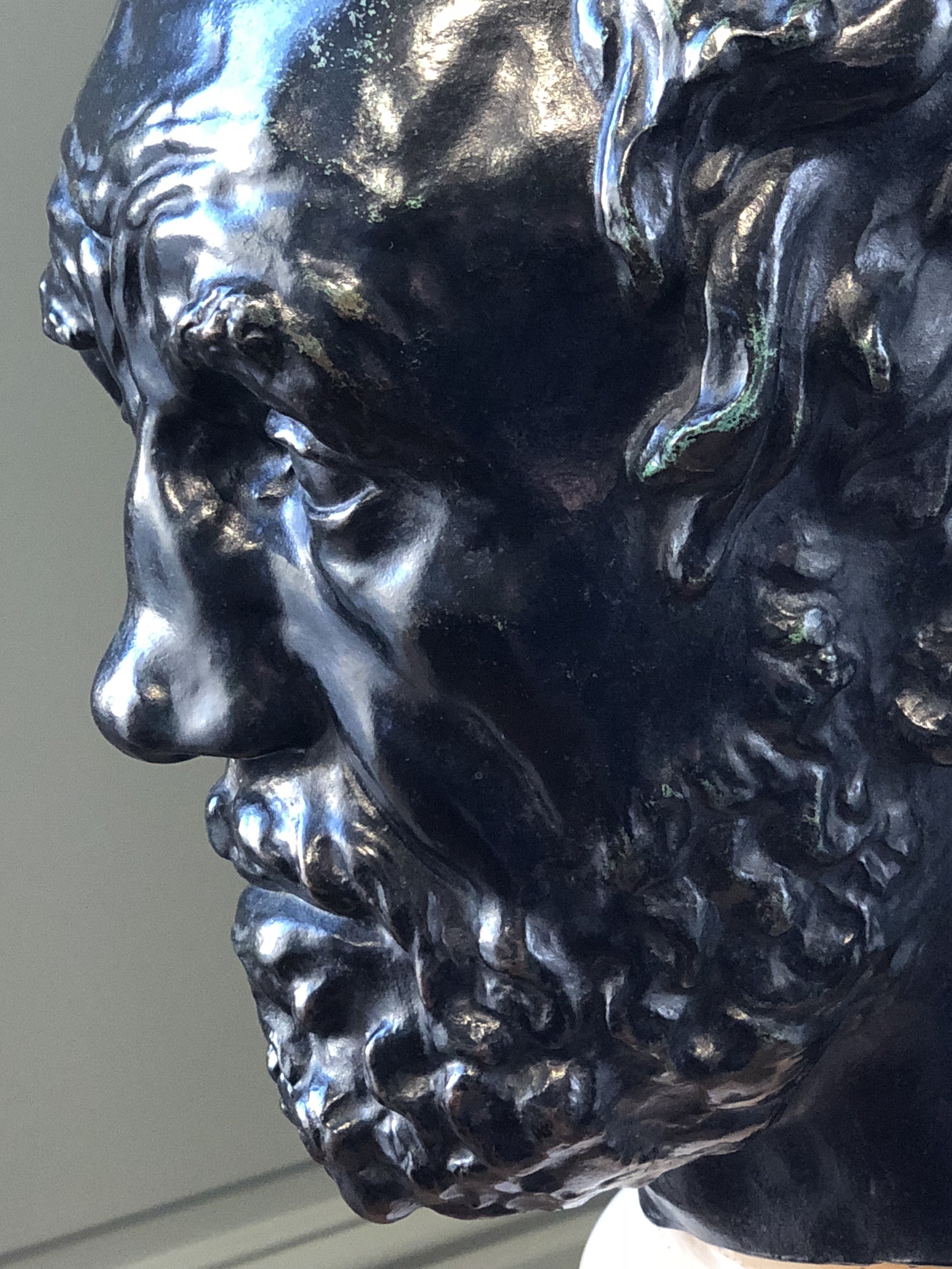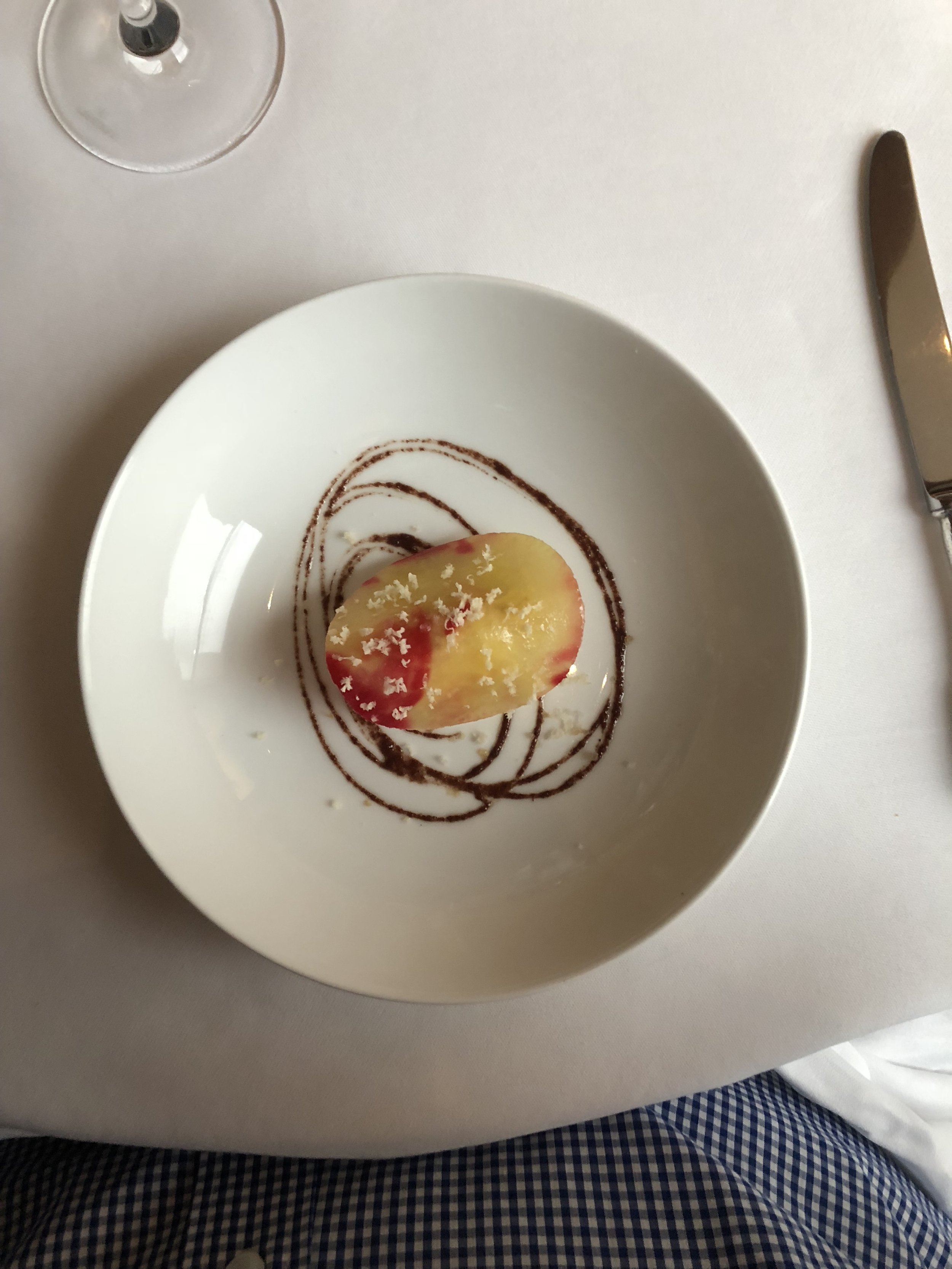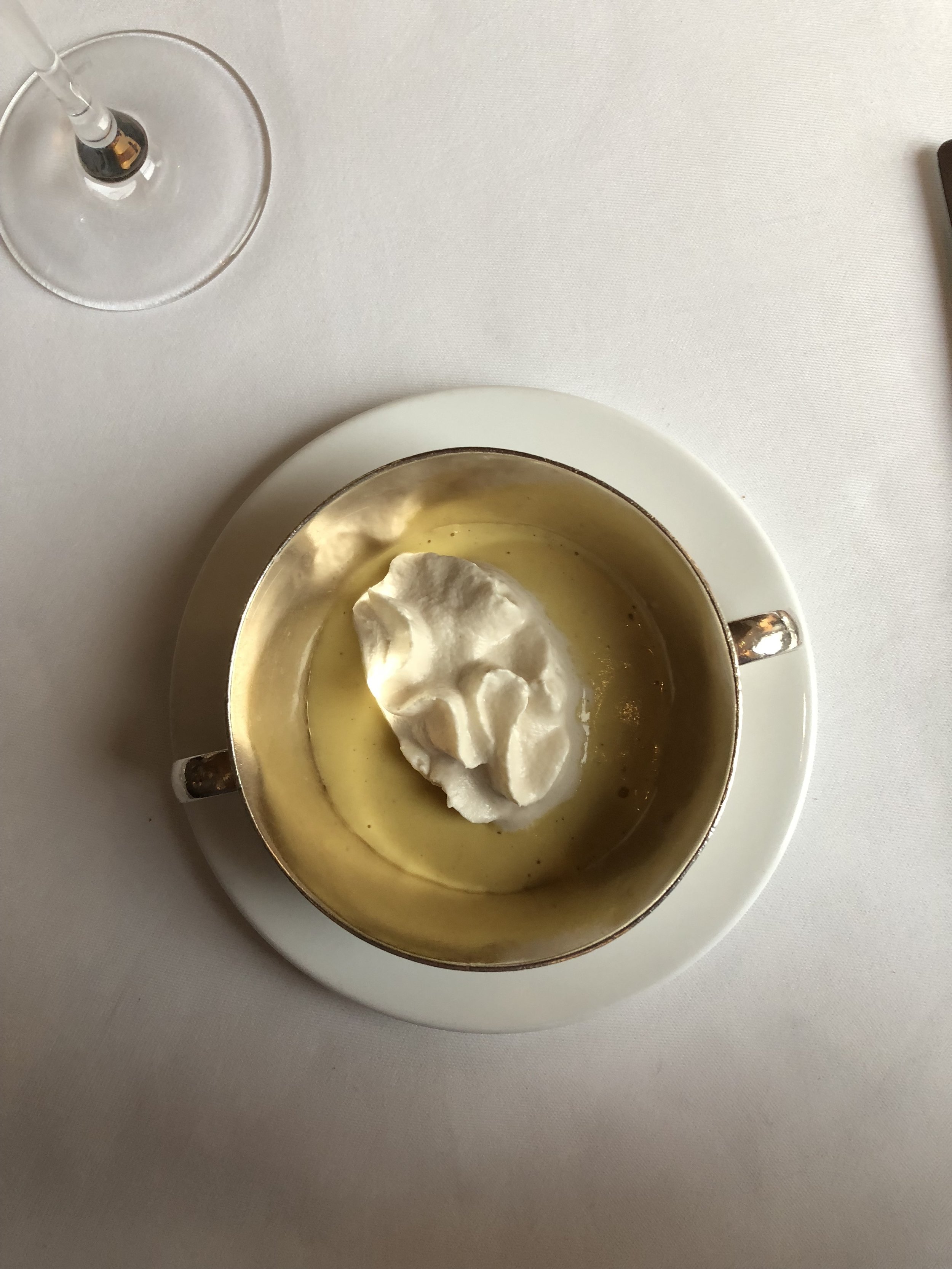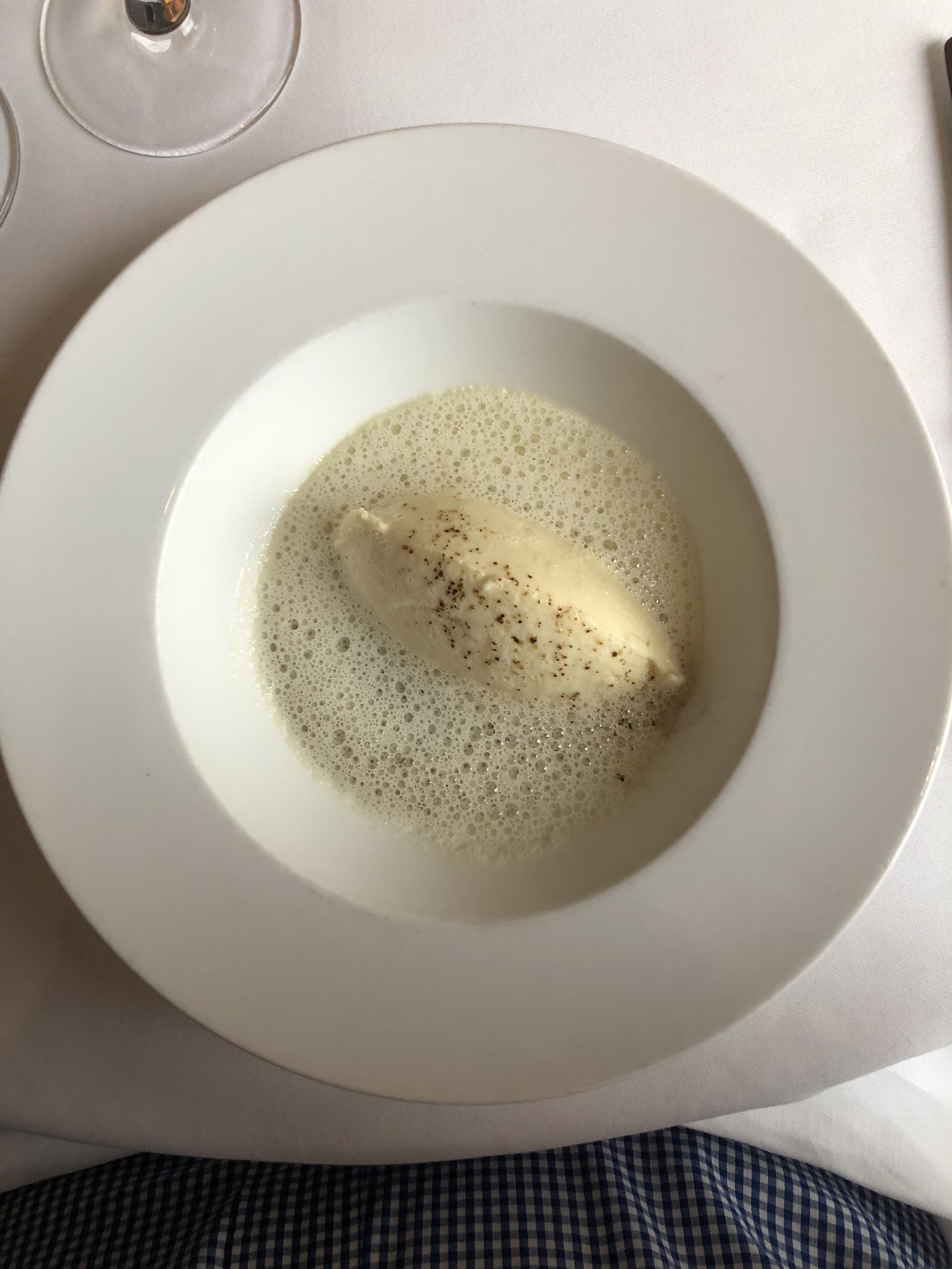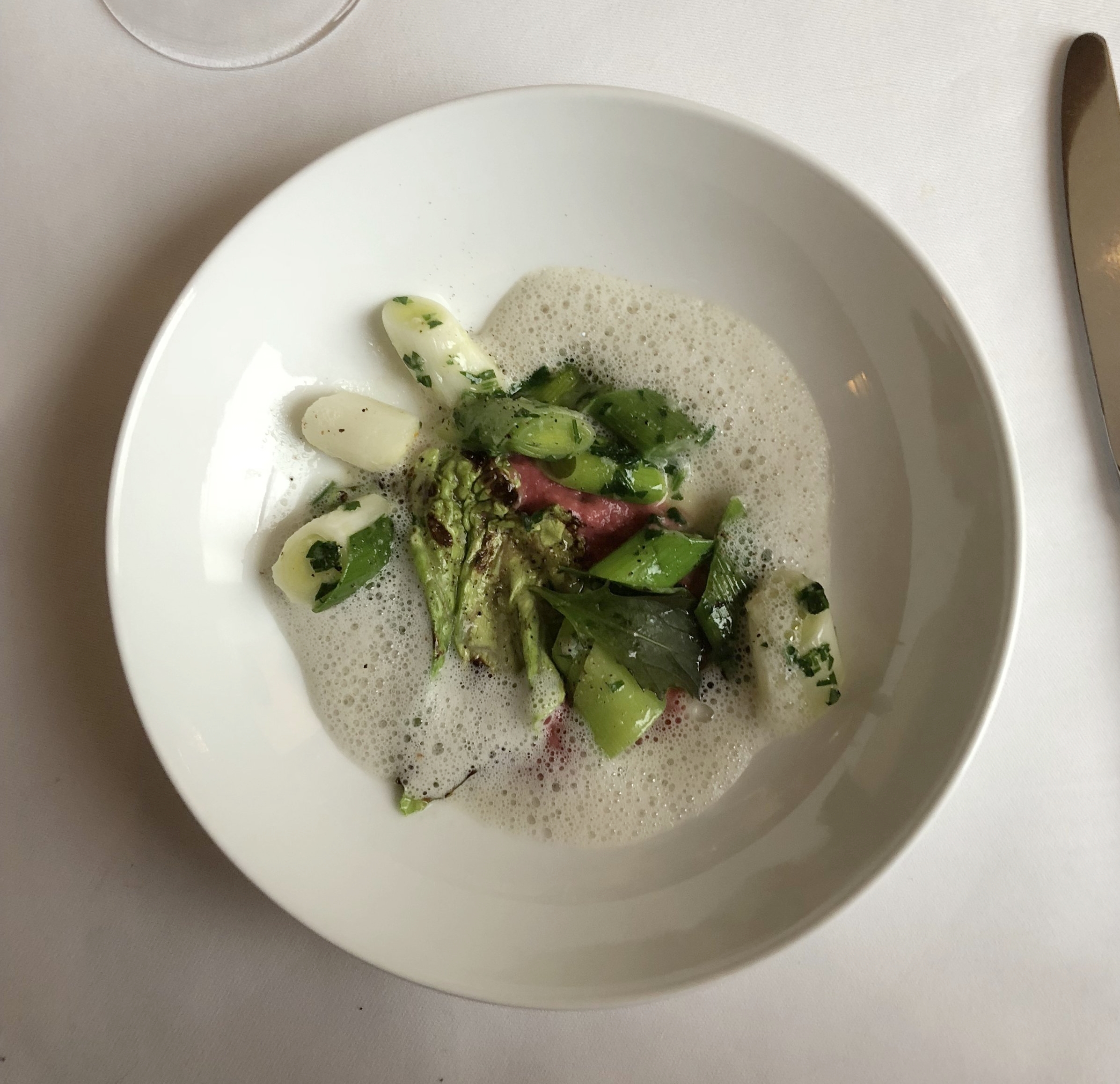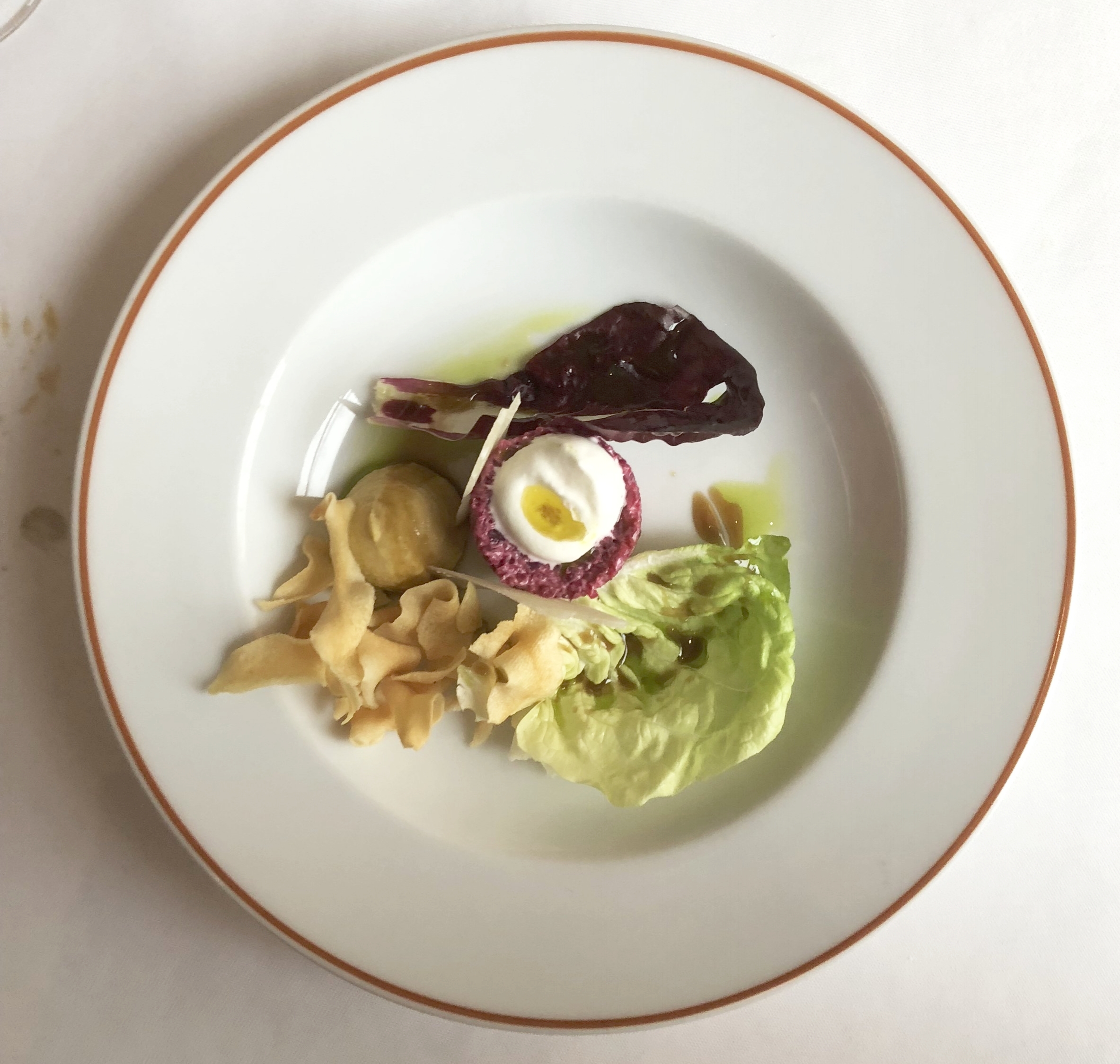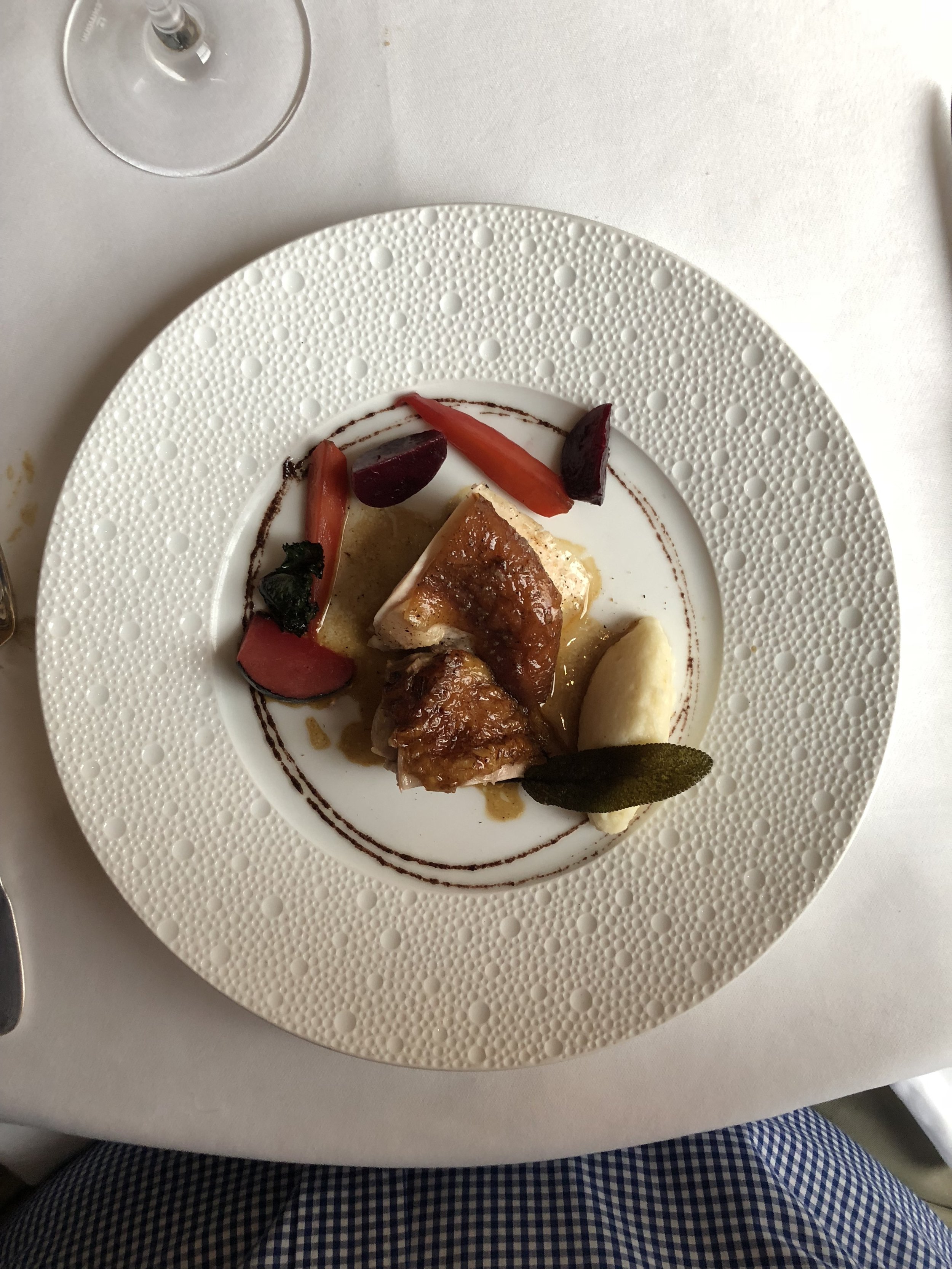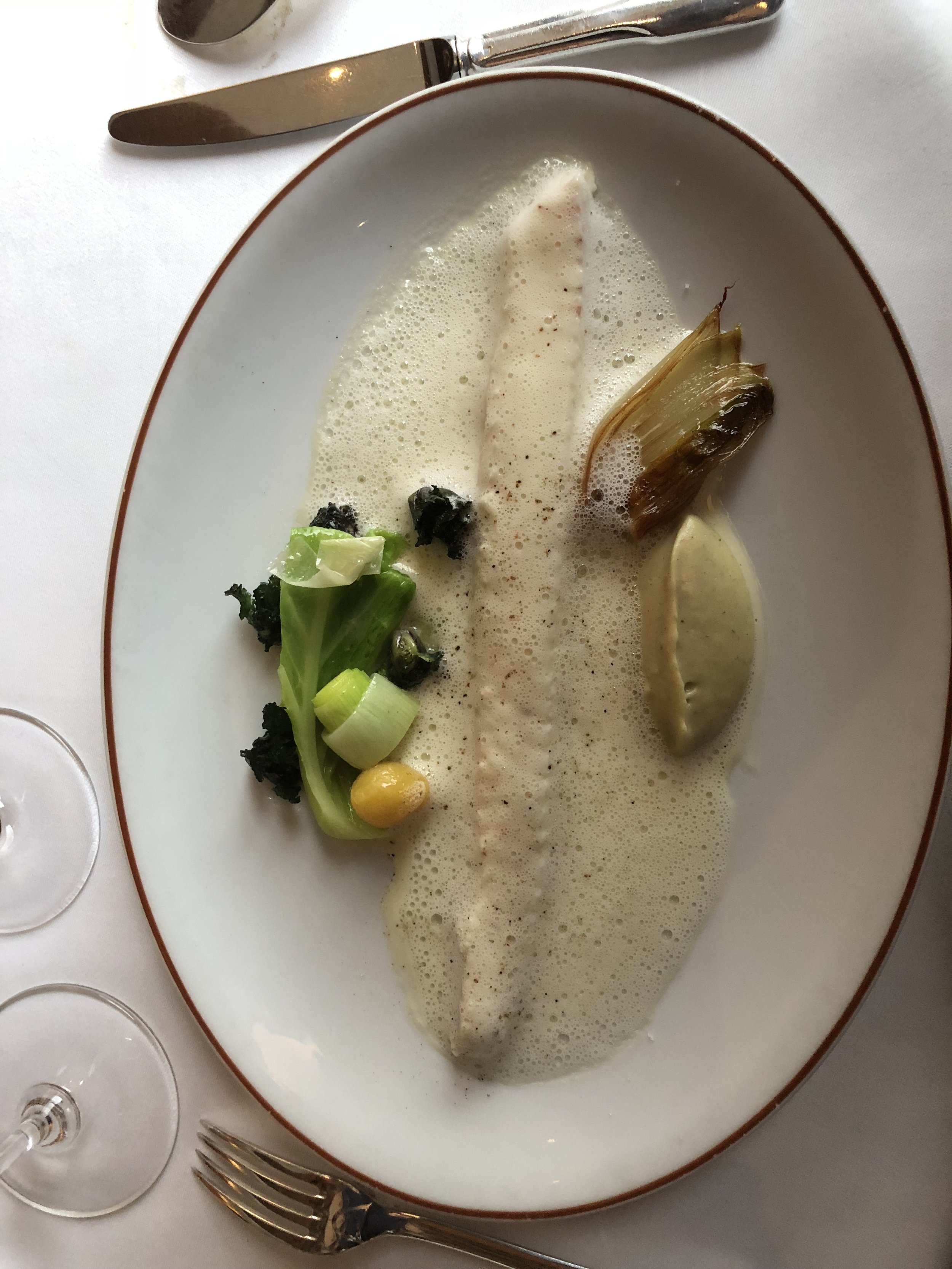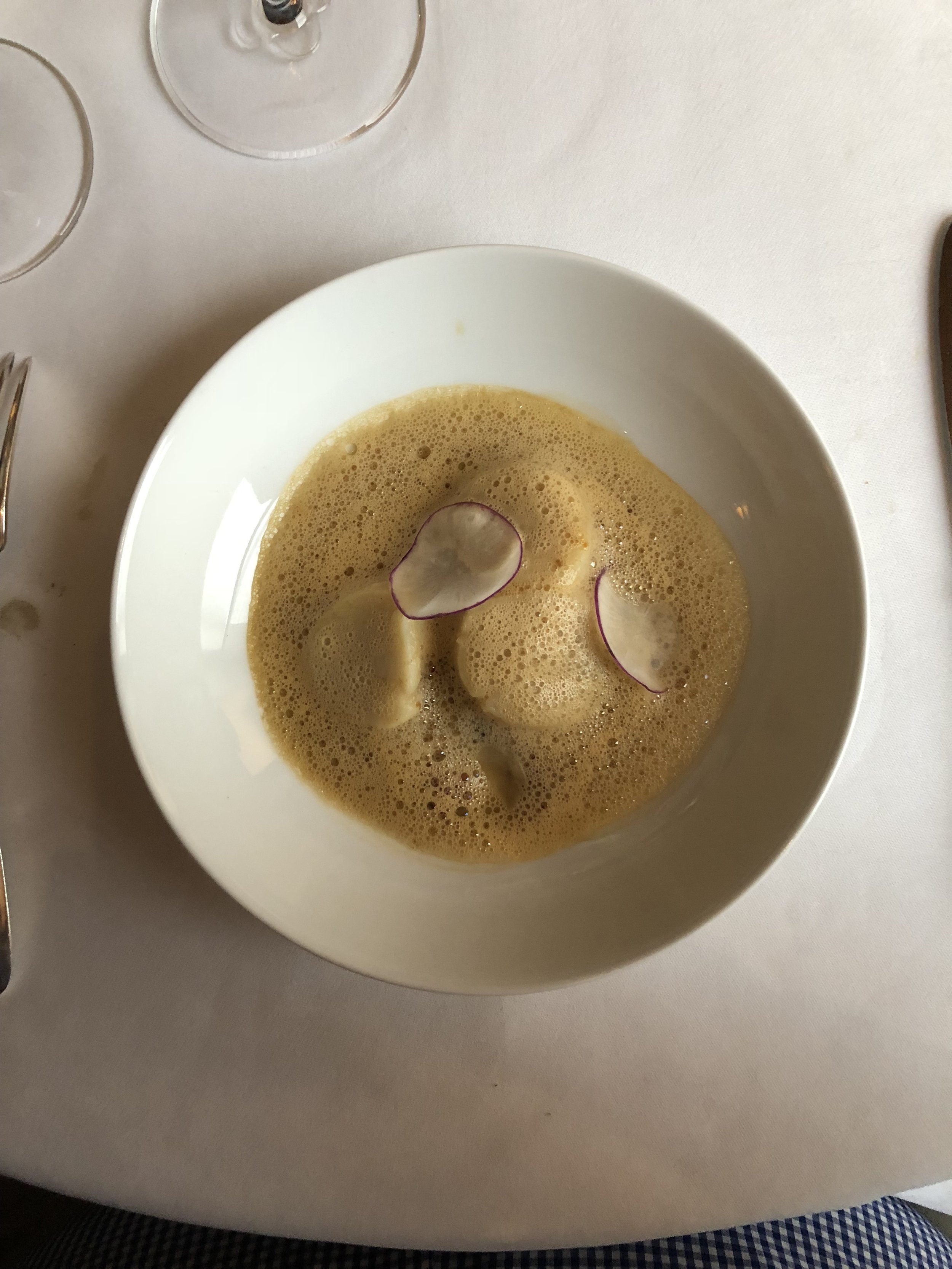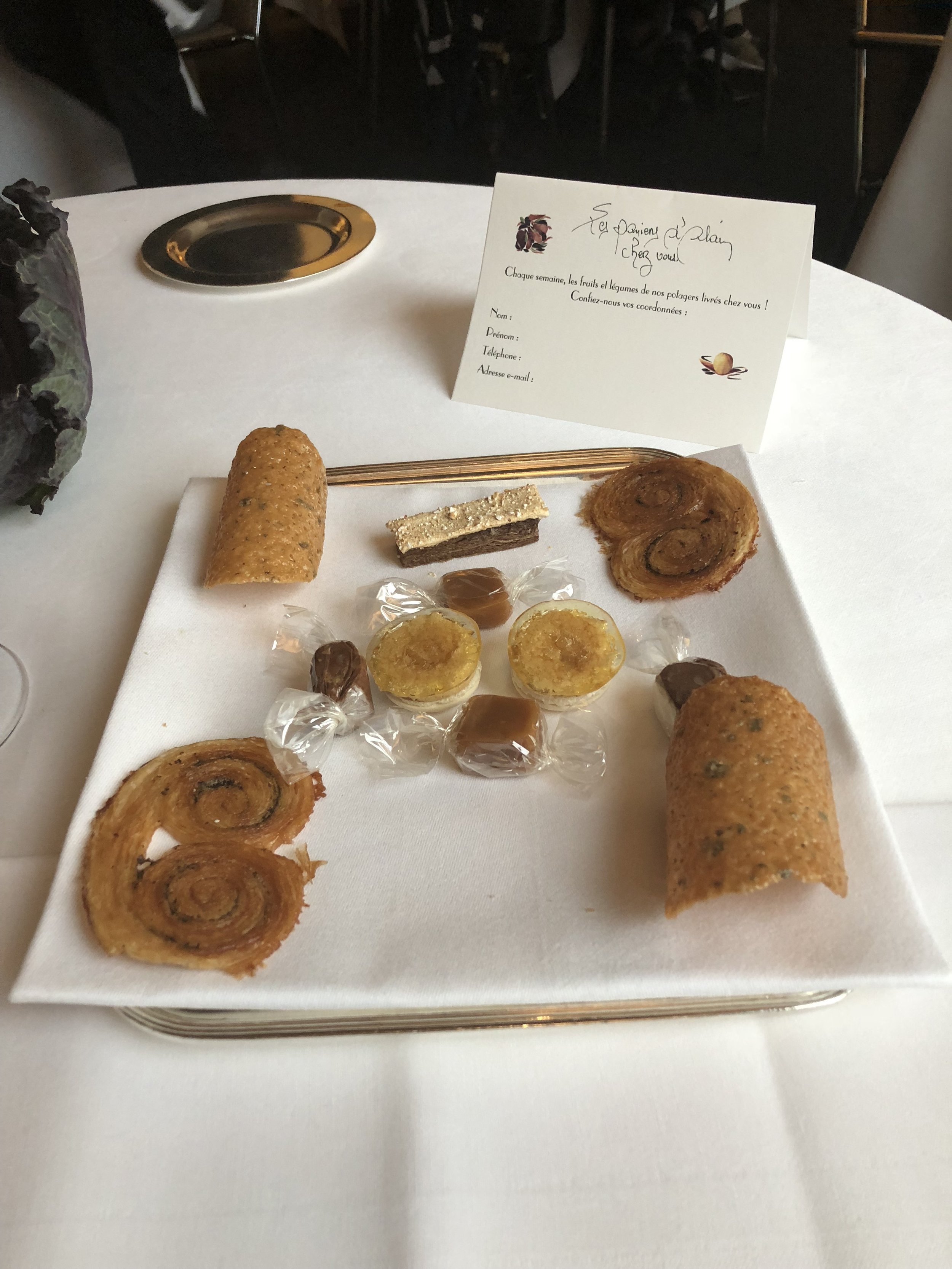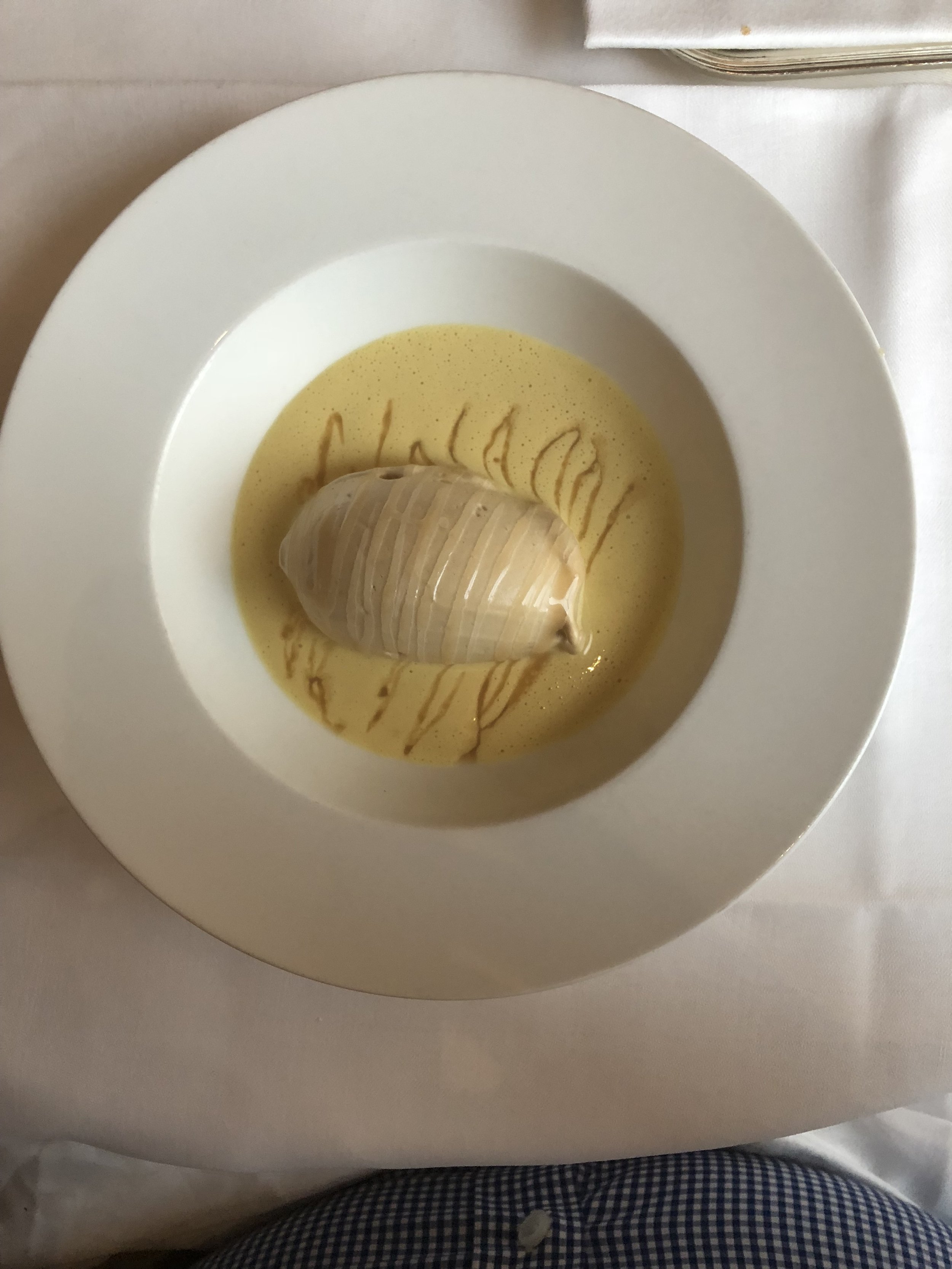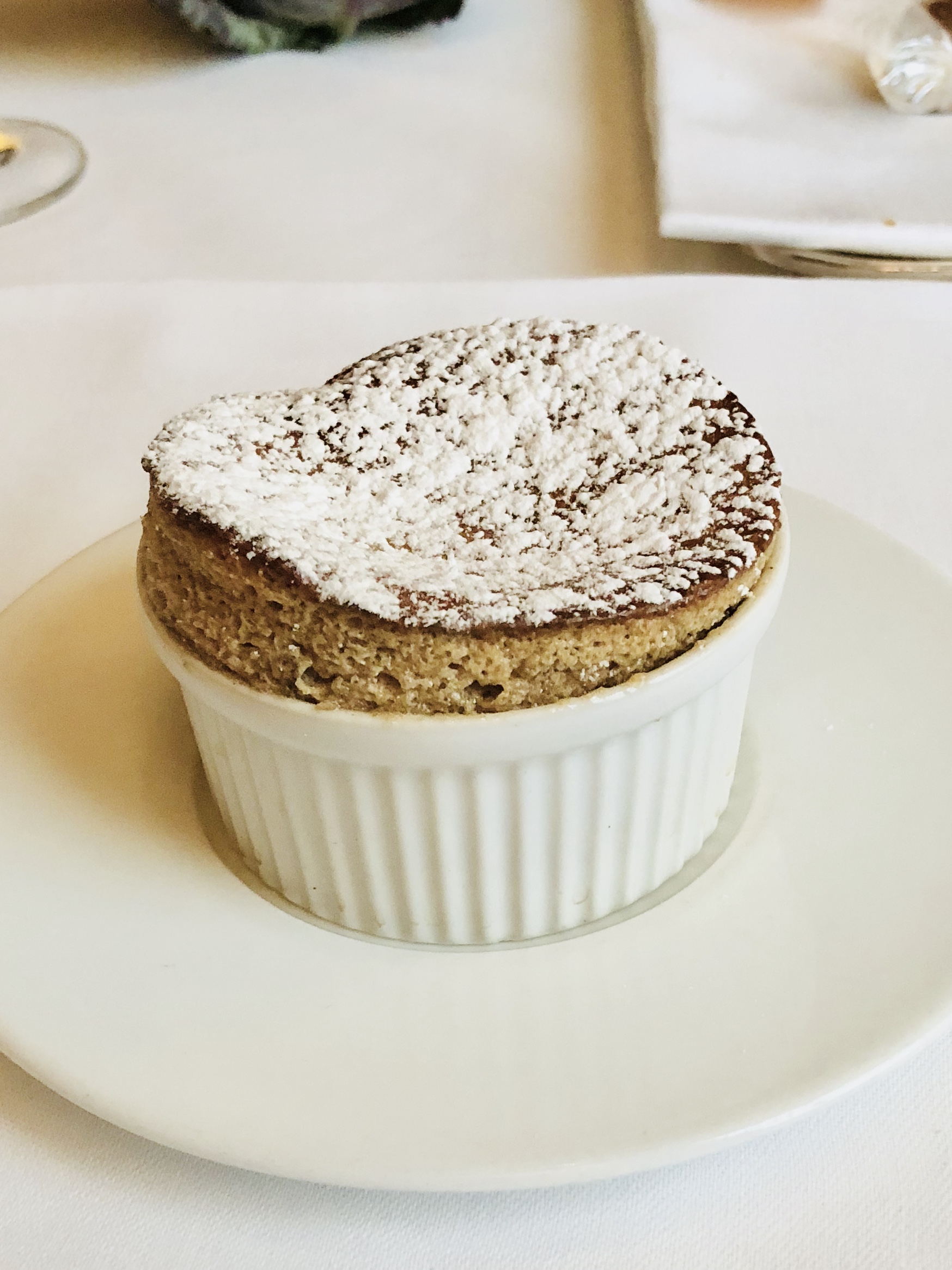The Louvre, Musée d'Orsay, and the Ultimate Bistro Experience
The Louvre
I've mentioned before I'm no art expert but I know what I like. While I appreciate the classical artists, I'm much more drawn (no pun intended) to the impressionists.
The Louvre is obviously one of the great museums in the world. If you've ever been to Paris, seen a travel show about Paris, or seen a movie about Paris (DaVinci Code anyone?), you've seen the Louvre and it's now famous Pyramid entrance.
Here is my dirty little secret...I'm not a fan of the Louvre. Don't get me wrong, I fully understand the significance of the art in the museum. I am just not a fan of the place. It's way too big. It's ridiculously crowded. You really can't appreciate any of the major works because there are so many people around each one talking, taking selfies, and getting in your way, that the entire experience is just unpleasant.
So I approach visiting the Louvre like a military operation. Get in, do what I need to do, and get out.
I do notice that the museum has added a new section on art from Asia, Africa, North, and South America. I make a note to check it out.
The famous paintings, sculptures and artifacts are everywhere. It truly is a spectacular collection. Again, it's the fact that you are looking directly at something that thousands and thousands of people have looked at and had their own ideas about that is so wonderful. I am pleasantly surprised with the art from beyond Europe. It's fascinating to me that the art is so similar despite the distance between the people who created it.
The key to enjoying the Louvre is doing lots of research before you get there, pick out the stuff you want to see, see those things and hit the road.
“The history of the museum, of its building is quite unusual. In the centre of Paris on the banks of the Seine, opposite the Tuileries Gardens, the museum was installed in the former Orsay railway station, built for the Universal Exhibition of 1900. So the building itself could be seen as the first “work of art” in the Musee d’Orsay, which displays collections of art from the period 1848 to 1914.”
According to the dictionary, Impressionism is defined as, " A style or movement in painting originating in France in the 1860s, characterized by a concern with depicting the visual impression of the moment, especially in terms of the shifting effect of light and color," and, "A literary or artistic style that seeks to capture a feeling or experience rather than to achieve accurate depiction."
The impressionists broke away from the convention of what was considered "art" by the Académie des Beaux-Arts in France (who preferred paintings featuring historical or religious themes and figures). They wanted to paint out of doors, where the light changed the way they saw people and places. They wanted to paint landscapes and scenes of everyday life. Of course the Académie lost their collective minds, and the critics railed and mocked the new artists -- among them Claude Monet, Pierre-Auguste Renoir, and Paul Cézanne .
After years of being rejected by the Académie and banding together to show and promote their new style of art, the public began to realize that this new style was actually a legitimate form of art and embraced what the impressionists were doing.
Impression, soleill levant by Claude Monet. The painting that gave the movement its name.
Of course, today we look at these artists as masters and their works as masterpieces (to me even more so than the 'traditionalists" like David). I mean come on. Would you rather spend you time looking at paintings of some rich dude who could afford to have a famous artist paint his portrait or Monet's Impression, soleil levant? There is only one answer really.
The Musée d'Orsay, opened in 1986, houses the largest collection of impressionist and post-impressionist art in the world. I fell in love with this place when I was here in 2006 and if anything, my love has only gotten stronger. Unlike the Louvre, the d'Orsay is easily navigated. I could spend hours going from room to room. I'm fascinated by the impressionists and their work. The use of light, the individual brushstrokes, showing people living life. It speaks to me in a very deep, personal way.
The truth is if you're going to Paris you need to have a French Bistro experience. You need to go to a place that is busy, full of energy, noisy (but not loud), and serves outstanding, classic, rustic food. There is no better bistro experience in Paris than Bertrand Auboyneau's Bistro Paul Bert.
The menus are handwritten on chalkboards in French of course, and with a little help from my awesome server (he literally had half the restaurant, kept everything moving efficiently, joked with every table, and didn't forget a single thing), I settled on the house-made, rustic paté, the fried grouper cheeks, the peppercorn filet with a cognac cream sauce, and the Grand Marnier souffl. FYI, my mouth is watering remembering this meal.
The paté is delicious. It's perfectly spiced and the quality of the meat is outstanding. It's one of the things that separates Bistro Paul Bert from other bistros. They actually own farms in Normandy and Brittany where they source most of their ingredients.
The tempura fried grouper cheeks are light and crispy. The house made tartar sauce is creamy and compliments the fish perfectly. I adore grouper anyway and this is a new twist for me. If I lived in Paris I would eat this dish as often as I could.
Full disclosure, I'm not usually a filet fan. I've always thought it was an overpriced, under flavored, cut of beef. This filet showed me how wrong I was. I wish I could do the Vulcan mind meld trick from Star Trek because it's the only way I could adequately describe my experience. Perfectly cooked, butter soft, exploding with flavor. The peppercorns, cognac, and cream enveloped the filet in a sauce that I can only describe as otherworldly. This is what comes from using an outstanding product, and perfect preparation.
What really impressed me was the fact that this dish could have been mediocre. Bistro Paul Bert is FAMOUS for this dish, and they could have half-assed it knowing that they were going to continue to sell portion after portion regardless of the quality. But they didn't. I have no doubt that if I went back 100 times and ordered the filet it would be as amazing every single time.
The soufflé was light and eggy, with a perfect balance of sweet (but not too sweet) and boozy (but not too boozy). Heavenly.
For those of you thinking, "You had dessert?!", I reply, "How could I not?!" Yes I was full, yes it was over the top, yes my cardiologist would have slapped me around if he saw me, but come on! There was NO WAY I was going to miss out on the perfect ending to a perfect meal.
So I saw amazing art and fed not only my heart and mind, but at Bistro Paul Bert my body and soul as well. Needless to say I slept VERY well after my most Parisian of days.







